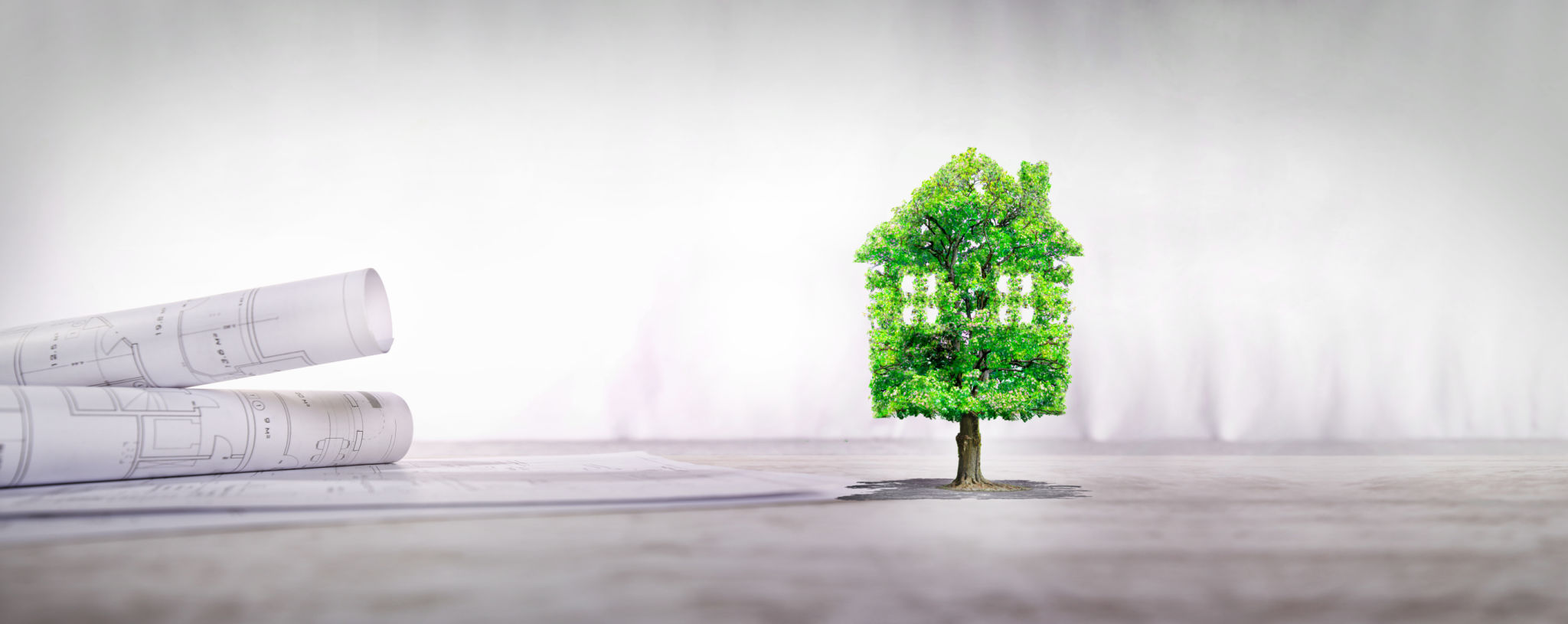Property Ownership and Responsibility for a Dying Tree
Understanding Property Ownership and Tree Responsibility
Owning property comes with a plethora of responsibilities, some of which may be less obvious than others. Among these is the responsibility for the trees that grow on your land. While trees can add beauty and value to your property, they can also pose significant challenges, especially if they are dying or diseased.
Determining who is responsible for a dying tree can sometimes be complicated, particularly when the tree is located near the boundary of your property and a neighbor's. It is crucial for property owners to understand their rights and responsibilities to avoid potential disputes and liabilities.

Identifying Tree Ownership
The first step in dealing with a dying tree is to determine ownership. Generally, the tree's owner is the person who owns the land on which the trunk stands. If the tree trunk straddles a boundary line, both property owners may share responsibility. Therefore, it is essential to communicate with your neighbors if you suspect a shared ownership situation.
Conducting a survey of your property can help clarify boundary lines and tree ownership. In cases where boundaries are unclear or disputed, consulting with a property lawyer may be advisable to prevent future conflicts.
Responsibilities of Tree Owners
Once ownership is established, property owners are responsible for maintaining their trees in a safe condition. This includes regularly inspecting trees for signs of disease or damage and taking necessary actions, such as pruning or removal, to ensure safety. A dying tree can pose risks such as falling branches, which could potentially harm people or damage property.

In some jurisdictions, local ordinances may impose additional responsibilities on property owners regarding tree maintenance. It is important to familiarize yourself with any local regulations to ensure compliance and avoid penalties.
Addressing Neighborly Concerns
If a dying tree poses a risk to a neighbor's property, it is crucial to address the issue promptly. Open communication with neighbors can often resolve potential conflicts amicably. Offering to share the cost of removing or treating the tree could demonstrate goodwill and help maintain good neighborly relations.
In situations where an agreement cannot be reached, mediation or legal intervention may be necessary. However, it is always preferable to resolve these issues outside of court when possible.

Preventative Measures
Proactive tree care can prevent many problems associated with dying trees. Regular maintenance, such as pruning dead branches and ensuring trees are healthy, can reduce the risk of disease and structural failure. Hiring a certified arborist for periodic inspections can provide professional insights into your trees' health and safety.
Additionally, selecting the right species for your landscape and planting them in appropriate locations can help prevent future issues. Consider factors such as growth potential, root spread, and susceptibility to local pests and diseases when choosing new trees for your property.
Understanding your responsibilities as a property owner regarding trees can save you from unexpected liabilities and enhance the safety and beauty of your environment. By taking proactive measures and fostering good relationships with neighbors, you can effectively manage your property's natural assets.
|
|
